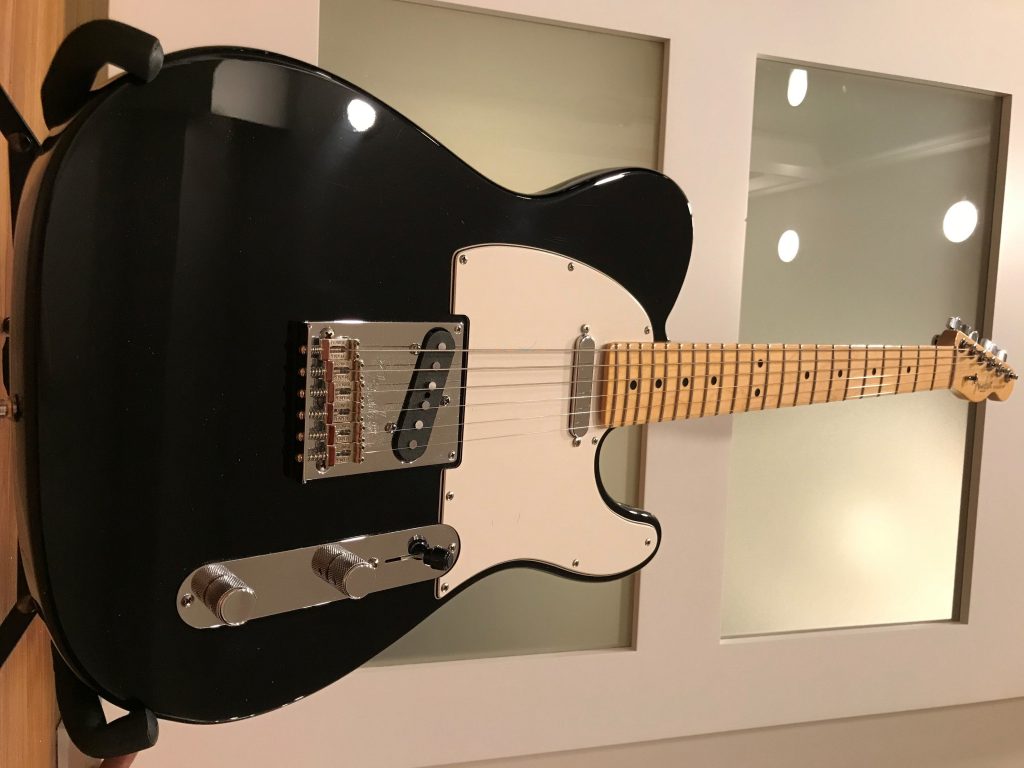In the epoch prior to Netflix there were 2 ways to get a men’s suit. Once was off the rack, a fantasy-based method that assumes that your dimensions are aligned with a mythical standard. With mid-sized shoulders, mid size arms and mid sized paunch all was good. For the rest of us, these are more commonly known as “ill fitting suits”. The second approach is to go made-to-measure, hand fitted over several appointments with pricing mentioned only if requested and then in hushed tones accompanied by sage nodding. Is there a better way to buy clothes?
Actually, let me back up. Prior to Netflix there was more call for suits in general. We festooned ourselves in them, complete with big shoes, fancy belts and power ties. Work fashion has morphed to jeans and polos or even cargo shorts and rock T shirts with concert listing dates on the back. So who cares about suits? Who knows, you might have a wedding, a fancy dinner out or a kid’s graduation to attend. Or maybe you just want a shirt or dress pants that fit properly. And if you are looking for savings on casual clothes look here.
I may have found a clothing gnome
Some guys love the trip to the mall to fuss over the fabrics and the styling details and enjoy getting up close and personal with a measuring tape. I don’t know any of those guys, but I’m just saying. The rest of us hope for a clothing gnome who magically restocks our closet with suits, shirts and pants that fit, look good and take no shopping time.
In a perfect world you would get measured once, pick fabrics from a web site, order new suits, shirts and pants from your iPhone while watching the Patriots. Click on your saved credit card and, Presto, your clothes show up at your door. No parking, mall trips or hassles. No embarrassing encounters with measuring tapes. Well OK, but just once.
The last mouse click sent a digital Gord to China
There is such a place and it is called Indochino. Brilliant. I put them to the test when replacing my ancient tuxedo – pleated pants, circa 1980’s NFL shoulder padding and inexplicably, a mustard stain on the lapel – don’t ask, it had to go. I booked my appointment via their online calendar. Boom. They greet me at the door by name and set to work. Lots of prodding with tape measures and everything carefully noted in the computer system. I wouldn’t have thought that there were that many things you could measure. Tape extended, move here, mouse click, keyboard. Repeat. About 30 minutes worth. Years of careful rum drinking and Breaking Bad binge watching were boiled down to a set of numbers. Then some try ons of sample jackets and pants. More measuring and clicking. Finally done. Time still left on my parking meter app. The last mouse click sent a digital Gord to China to get cut and sewn into exactly the tuxedo I spec’d. $699 plus taxes. I could get 3 for the price of a made to measure tux from a high end retailer.
A better way to buy clothes
About a week and a half later, a big box waited at my door. Inside was something that looked a bit like a tuxedo that had done a red eye flight from China. After a bit of closet time it came back to life. I would too, under those conditions. I slipped it on the jacket and wow, did it fit. Nothing bunching or stressing. Brilliant. On to the pants. Hmm a bit tight in the seat and waistband. Bad measuring? Excess rum? Who knows. I called my Indochino friends and they suggested I take it to a local seamstress. Then they ask me to take a picture of the receipt, send it to them and they will credit my account. And, they adjusted digital Gord so the next suit is perfect. OK, now this is service! Check them out at Indochino.com.
So have I bought more clothes from them? Not yet, but I know that Digital Gord is ready whenever I am. I will be back.
So how does this help my female friends? Ladies contribute! Is there a better way to buy clothes for women? Let me know!
Photo credit: Ruthson-Zimmerman on Unsplash




